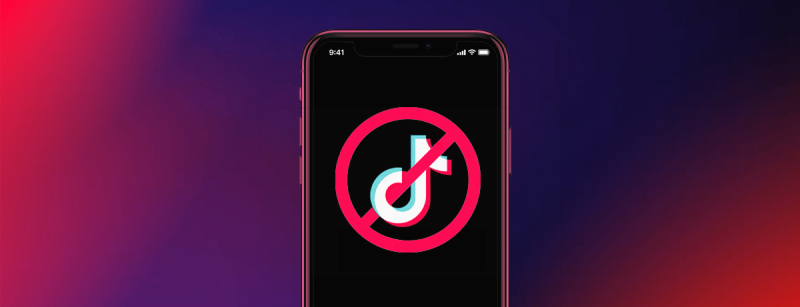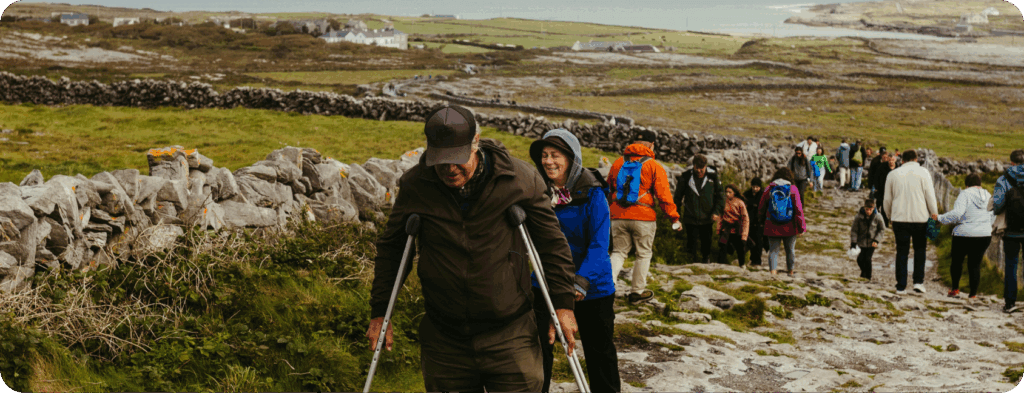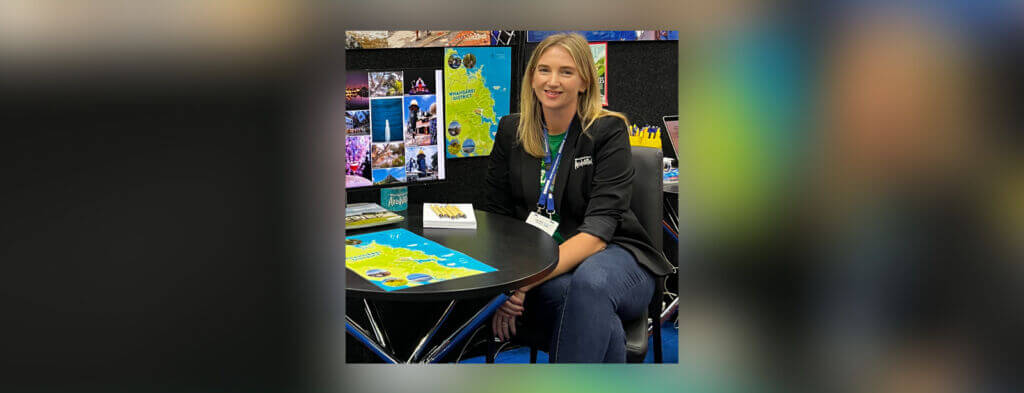
For the hospitality industry, the integration of technologies is already crucial, but it’ll be even more important to have in the next few years.
Because technology keeps advancing so quickly, especially over the past few years, it’s particularly challenging to keep up with all of the changes that are taking place in any industry, and hospitality is no exception. A number of resorts and hotels, even those connected to major hotel companies, still run on legacy systems.
These legacy systems are there for a reason—they’re dependable and they work really hard to keep properties operating without any glitches, but often these older systems can’t communicate or sync well with newer systems and technologies.
As new tech solutions continue to be introduced, that makes it even harder and more complicated for hotel operators and staff to properly and effectively use all these different types of technologies, too.
Are Legacy Systems to Blame?
Yes and no. About those legacy systems: what we’re referring to here are property management systems (PMS) and central reservation systems (CRS). And while both have been mainstay workhorses in hospitality for decades, the truth is that a lot of them can be outdated and it’s hard for newer technologies to connect with them seamlessly.
What is a PMS?
A PMS is like the front desk or central hub of a hotel’s entire operations. It handles everything from reservations to guest profiles to check-in and check-out times and overseeing your inventory.
What is a CRS?
A CRS, on the other hand, is reservation software that a hotel uses to update and maintain inventory and rates so properties can adjust reservations and rates in real-time across a number of distribution channels. A CRS centralizes the data coming from the PMS, all those different distribution channels, call centers, and phone reservation systems.
Where challenges can come up is when hotels try to have all these different systems and other software talking to one another. One of the biggest obstacles for this is the fact that a lot of these PMS and CRS operate on closed interfaces; they don’t have open API (Application Programming Interface) so other software developers can’t develop their products to sync with them easily.
With all the overlapping tech, it can be hard to keep up with the pace of innovation.
- On average, hospitality spends less on IT (information technology) than any other industry. Fifty-three percent of hotels surveyed in a 2017 Lodging Technology Study said that outdated technology, plus the time and cost needed to integrate technology, were the biggest reasons why they didn’t invest in new tech.
And yet, hoteliers also recognize that making sure their technology stacks are integrated is the key to success.
- In a 2017 Smart Decision Guide to Hotel Property Management Systems, an overwhelming 91% of hoteliers said they “agree” or “strongly agree” that having a seamless technology platform that’s also extremely compatible with other tech is a key success factor for performance improvement.
While these legacy systems make it difficult for hoteliers to add on newer solutions that sync well with these older systems, resorts and hotels face a lot of challenges when it comes to innovation such as limited time, budgets and perhaps even how they promote employees.
Here’s why more hoteliers should be integrating their hotel technology solutions with their existing PMS and CRS as well as having a connected system for all the tech that’s needed to run their properties.
1. Create a Seamless Guest Experience
When you make sure that your tech is talking to one another, that makes it that much easier for you to create a seamless guest experience.
One of the best examples of this is how you communicate directly with your guests. Guests often appreciate some level of personalization in their stays; it makes them feel recognized, it makes them feel special; and it often makes them want to go back to your hotel.
If you’ve set up your tech stack to be totally integrated, that means you can send personalized messages when guests check-in, or maybe even know when to message or email them right before they arrive.
Integrating your tech can also help speed up check-in or check-out, or maybe even enable guests to use their mobile phones as a hotel room key card.
During a guest’s stay, having the ability to send those guests push notifications or messages to alert them to special events or amenities is also a nice touch. Allowing them to opt in to receiving those types of messages—and being able to seamlessly deliver those messages to them can also improve their overall stay.
2. Drive Efficiency and Profitability
Another way that push notifications benefit you is when they’re directed toward hotel staff.
At some properties, for instance, staff members are given smartwatches or smartphones so they can manage guest requests and resolve incidents more quickly and efficiently.
It frees them up from having to carry around a bulkier walkie-talkie or a phone, and without having to use disruptive radio communications that aren’t nearly as private. And it gives them more time to cater to more urgent guest needs. But for this to work, the hotel’s PMS and content management systems need to be linked.
Integrated tech also helps resorts and hotels stay on top of generating ancillary revenues and adopting the latest tech, like chatbots or web personalization features.
“From a revenue management perspective, my priority is how frequent (speed) and seamless our systems interface (direct connect) with the often urgent and significant revenue-impacting decisions being made throughout the day,” Todd Hotaling, the corporate director of revenue management for Lodging Hospitality Management said.
Hotaling said that when hotel technology systems have to juggle various servers or lots of different clouds, real-time data can get delayed. Those delays make it that much harder to make the best decisions about revenues and rates, meaning that a hotel might be losing out on some serious money because it’s not pricing itself properly.
Speed and connectivity are table stakes today.
3. Stay Ahead of Your Competitors
Having an integrated tech stack for your hotel can also give you an edge over the competition by using data mining, trend analysis, and predictive marketing to drive guest loyalty.
Data mining, or the process of finding patterns in large data sets combines machine learning, statistics and database systems.
When your systems talk to one another, it makes it that much easier for you to, well, mine your data automatically with the help of technology solutions.
Finding patterns in data, like the most popular times that guests book your hotel, can help you better price your property’s rates. And learning more about patterns you find among your guests can give you insight into what they like/don’t like and how they book/stay.
Trend analysis, too, can help you discover patterns in how your guests are interacting with your property. And it can help you better anticipate their needs.
Predictive marketing compiles data from multiple sources, including your marketing and guest data, and then uses that information to construct a predictive model that’s custom for your hotel. You can then use this model to improve your marketing campaigns in an effort to bolster brand awareness and more bookings.
How to Prevent Disconnected Systems
That being said, hoteliers shouldn’t only be concerned about integrating their CMS and PMS. Any and all technology that they are using to run their resorts and hotels should be built in such a way that they all are integrated and talking with one another.
With these legacy PMS and CRS, hoteliers can put interfaces between them to avoid having to spend large amounts on finding ways for third-party tech providers to be able to integrate with these systems.
You can usually place interfaces between systems so that they communicate on an ongoing basis. Even better is when you use cloud-based solutions that are even faster when it comes to integrating tech, so you’re not constantly having to do manual maintenance updates.
Looking ahead, it’ll be the norm for resorts and hotels to work with technology providers that can integrate with one another.
“Hotels will be focusing their resources and time on vendors that permit interoperability flexibility, and open access to data that powers guest experience in the next five years,” David Turnbull, CEO Snapshot said.
How CrowdRiff Integrates With Your Existing Tech Stack
Here at CrowdRiff, we know just how important integration is for you. We don’t want you to have to do extra work to find ways for our technology to integrate with your existing framework of PMS and CRS. That’s why we’ve built our platform from the ground up to seamlessly and securely integrate with many of hotels’ existing systems, including your CMS, social platforms and publishing systems.
Integration Is The Start to Better Guest Experiences
Whether you’re trying to create a better, smoother and seamless guest experience, drive efficiency and profitability, and stay ahead of the competition, it’s clear that having fully unified and integrated hotel technology systems is the way to achieve all three. And it also means having more complete guest profiles, empowering individual properties and hotel chains to interact to create a better guest experience overall.












